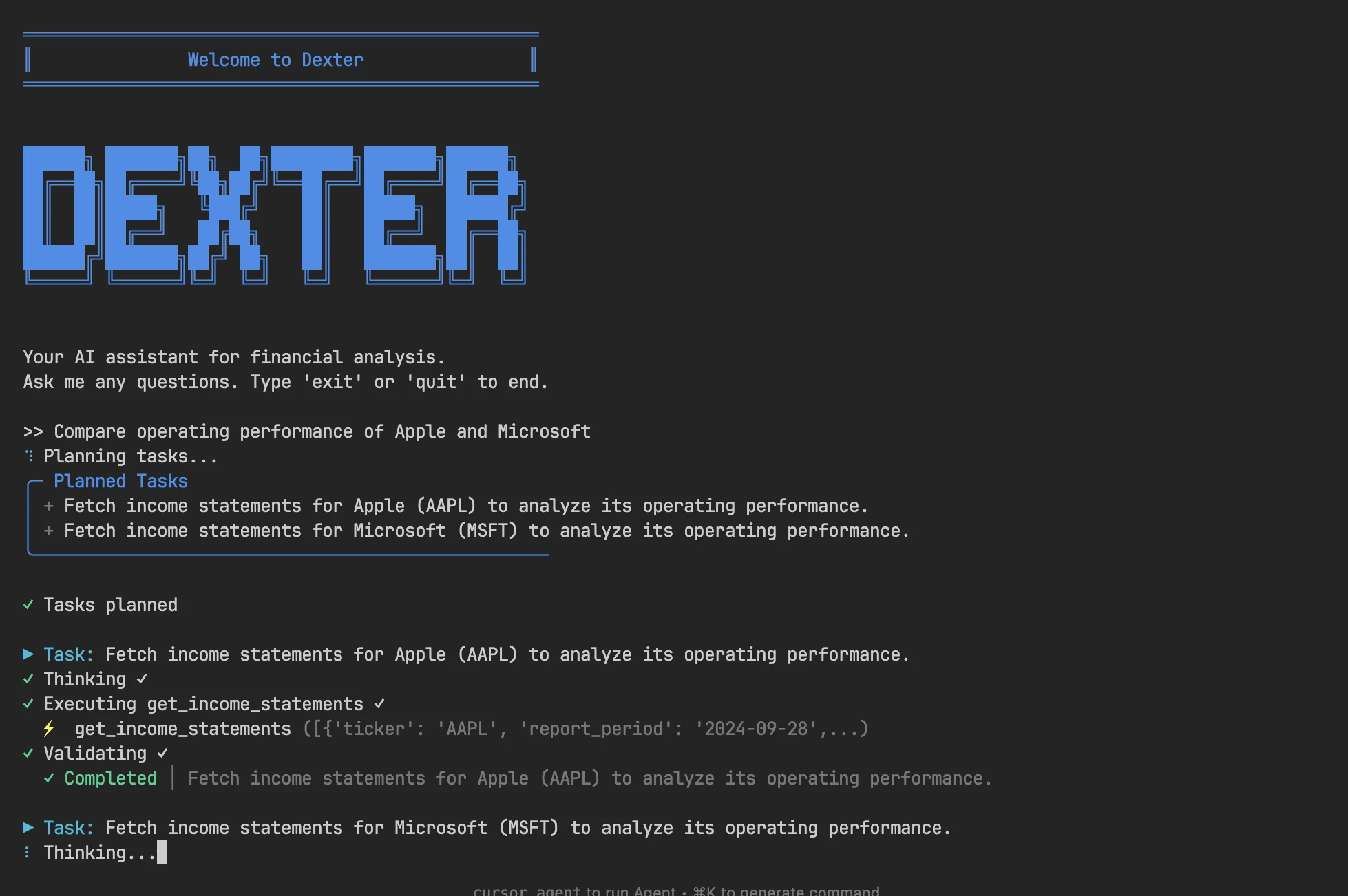Microsoft has introduced a groundbreaking AI solution capable of autonomously analyzing and categorizing malicious software found in wild environments at scale without human intervention.
The new AI model, codenamed Project Ire, employs reverse engineering techniques combined with forensic tools like decompilers and binary analysis to dissect software code for threat identification. It effectively determines whether files pose security risks or remain benign.
"This marks Microsoft's first implementation of an AI inverse engineer - either human or machine - capable of generating prosecutable cases against sophisticated APT malware samples that have already been detected and neutralized by Microsoft Defender," stated the research team behind the innovation.
During testing on public Windows driver datasets, Project Ire demonstrated impressive metrics: 98% precision in correctly identifying malicious files and 83% recall in detecting potential threats. This means the system accurately flags 98 out of 100 malicious files while capturing 83 out of 100 actual threats in its analysis scope.
Microsoft's Defender platform processes over a billion device scans monthly as a comprehensive security ecosystem. This generates a continuous stream of potential malicious files requiring expert review.
"Such analysis presents significant challenges," noted the Ire development team. "Security analysts often contend with false positives and alert fatigue, while lacking standardized methods to compare threat classification approaches across different analysts over time."
Human reviewers maintain advantages in creativity and adaptability that remain difficult for automated systems to replicate. Malware validation frequently requires subjective judgment, especially since attackers employ reverse engineering protections and other obfuscation techniques to evade detection.
Project Ire tackles these challenges through advanced reasoning models that systematically dismantle defensive mechanisms using specialized tools. The system autonomously evaluates its analytical outputs during iterative threat classification attempts.
"For each analyzed file, Project Ire generates comprehensive technical reports containing evidence sections, code feature summaries, and supporting artifacts," the team explained. These artifacts might include findings like "binary contains multiple indicators of malicious intent" supported by forensic evidence such as log wrapper implementations, targeted process termination behaviors, and anti-analysis countermeasures.
Evaluating IRE's Performance in Real-World Scenarios
In practical testing involving 4,000 unclassified "hard target" files awaiting expert analysis, the AI agent demonstrated slightly lower performance than control benchmarks but still achieved moderate results. Microsoft reported 89% accuracy in correctly labeling malicious files, with 26% recall of actual threats detected. The false positive rate remained low at just 4%.
"While overall performance is moderate, this combination of high accuracy and low error rates suggests significant potential for future deployment," the research team concluded.
The development follows major tech companies' recent advancements in autonomous AI security solutions. Google's Big Sleep vulnerability detection agent identified a critical SQLite flaw last year through its Threat Intelligence team's data analysis.
Microsoft anticipates expanding Project Ire's capabilities for use within Defender's organizational threat detection frameworks. The goal focuses on enhancing both speed and accuracy to enable real-time identification of previously unseen malicious files at scale with in-memory processing.








